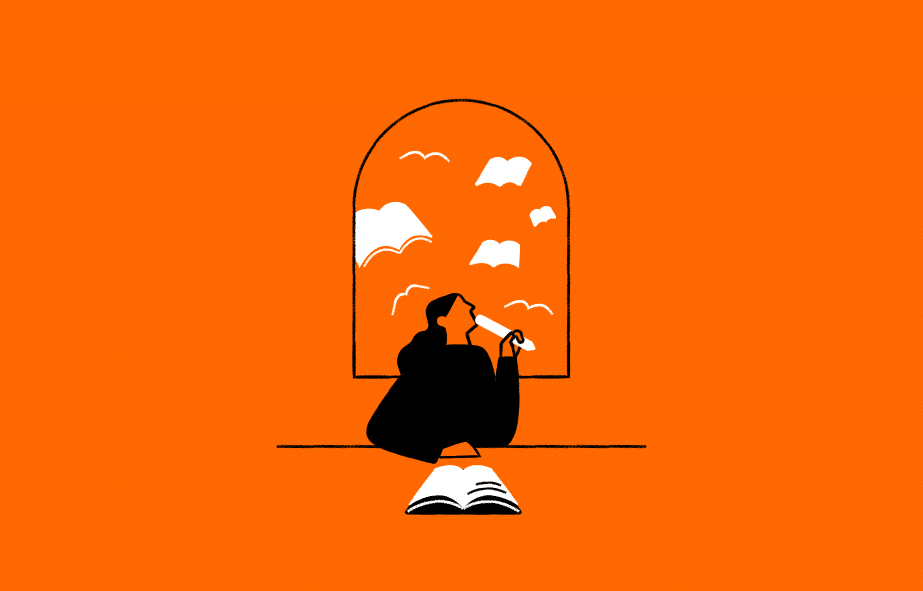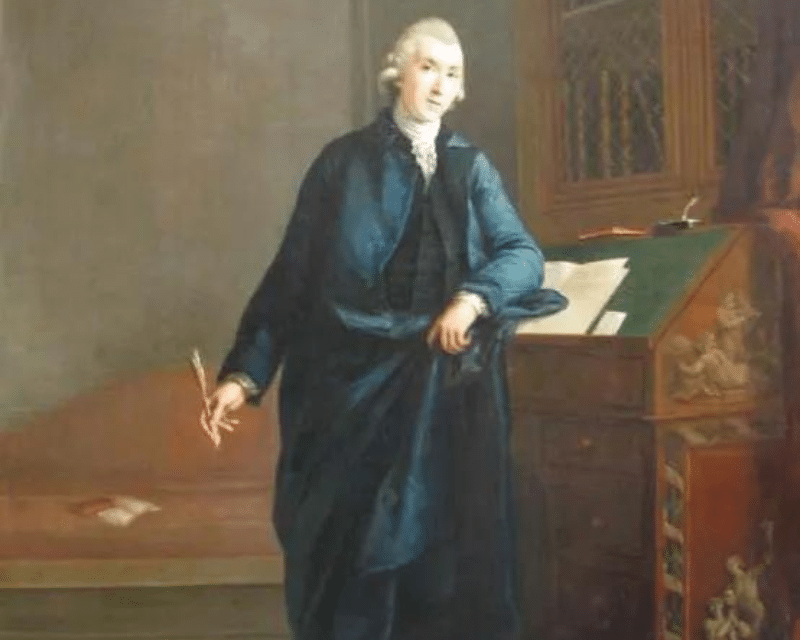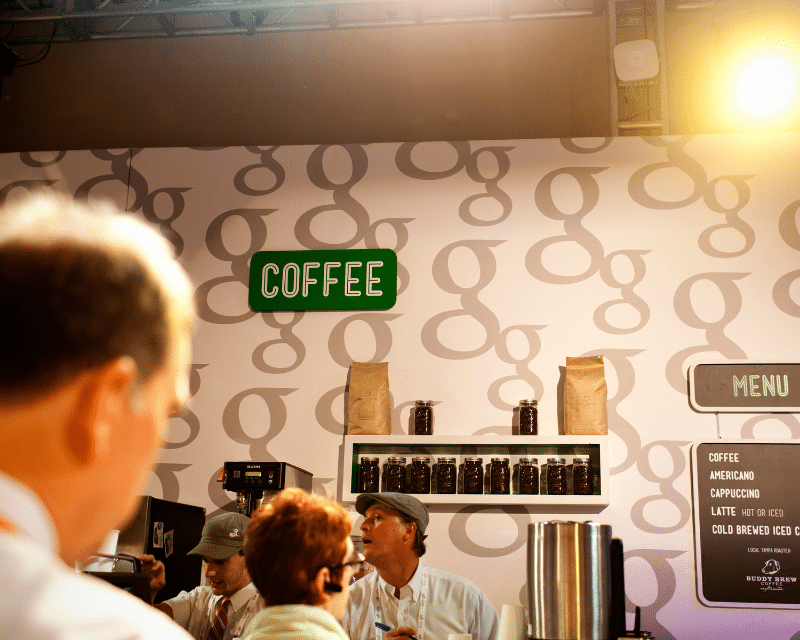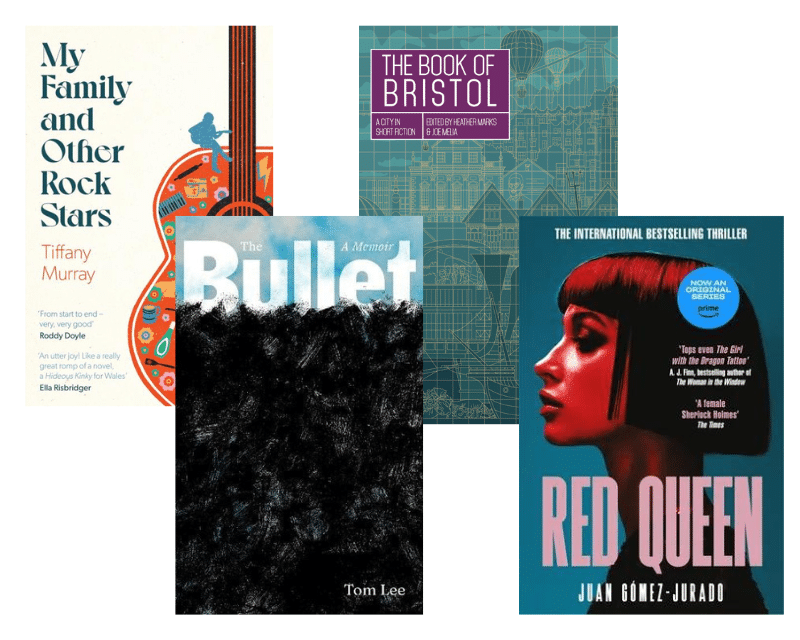- Collected
- Article
My Life In Libraries
Celebrating an essential resource

- 27 January, 2020
- Katharine McMahon
Outside there’s a shoe rack with rows of flip-flops. Barefoot, I walk up a couple of steps into a lobby where the librarian sits at an aged computer and the walls are lined with wooden benches and racks of encyclopaedias and periodicals. Beyond there are two other rooms, the children’s section and the adults’.
This is a public library in a Mumbai suburb. Ceiling fans stir the hot air. Outside it’s raining; has been for days. Each week during the three months of monsoon a young assistant wheels a step ladder from shelf to shelf, lifts off every book and wipes its cover to prevent mould. At a series of assorted tables students and schoolchildren hunch over their homework. I am self-conscious about my smart laptop. There is no Wi-Fi. In the children’s section a little girl perches on a low stool with her forehead propped in her hands, behind a veil of hair. She is reading The School at the Chalet. A toddler staggers up, seeking attention. Exasperated, the child moves onto a bench in the lobby outside, but never takes her eye off the page.
I am whisked back decades to my own childhood. Rayners Lane Library is the destination of an interminable walk along pavements lined with semis, past Bunces the newsagent, Pay-and-Take – a precursor of supermarkets – and the funeral parlour with its silver urn of plastic flowers, Cruxtons the stationer selling dusty greetings cards and fountain pens, across the road to Woollies where the sweet counter makes us swoon just to sniff the chocolate limes and toffee bonbons. Beyond the shoelaces, Pyrex dishes and pac-a-macs, exit doors open onto the parallel street featuring a party-dress shop and the library.
My younger brother once threw himself backwards in his pushchair outside this hallowed building, and projected both the chair and himself through a sheet of plate glass. The door is now solid wood, top to bottom.
I love that library. Upstairs is the children’s section, downstairs the forbidden adults’. I progress from wooden boxes of picture books to far more interesting stories illustrated by line drawings. I select mainly by the covers: I read all Arthur Ransome’s Swallows and Amazons series, career stories for girls – Margaret Becomes a Doctor, Air Hostess Ann – as well as the Katy books and anything to do with ballet. My favourite novel of all is about a girl whose unsatisfactory hair is burned off when she rescues her younger brother from a domestic fire. She becomes a local heroine but best of all her hair grows back a different colour and silky straight. I can but dream…
At about ten my mother escorts me down to the adults’ section and shows me books that I am allowed to try: Dodie Smith’s I Capture the Castle, the Miss Read books about Thrush Green – which I meet again in the children’s section in Mumbai – and innumerable books by Jane Duncan in her My Friends series: My Friend My Father. My Friends the Miss Boyds… Soon I graduate to Jean Plaidy and Georgette Heyer. Then my mother discovers me hiding in the travel section with a copy of Lady Chatterley’s Lover. Consternation.
Almost more magical than the actual books in Rayners Lane Library are the librarians. This is a woman’s domain. They wear neat blouses and have clean, clever hands with unvarnished nails. Their fingertips march through the delicious rows of tiny cardboard packets until they find one printed with my name (green while I am under twelve), match it with the ticket from the book and then, in a moment of crowning glory, stamp the book in exactly the right line on the label inside the cover.
I longed to be a librarian. My friend Gillian and I spent hours making tickets out of old exercise books. Unfortunately for her I invented the brilliant game of Libraries. Her house had a steeply pitched roof with a walk-in cupboard under the slope where her books were kept. An actual library. The snag was that she owned the entire series of Sue Barton novels about nursing (her mother was a nurse). Rayners Lane Library was missing at least three including Sue Barton Superintendent Nurse in which Sue marries Doctor Bill. Librarian Gillian would issue me with the book and I’d then hide behind her bed to devour it until her plaintive voice called: ‘Katharine, aren’t you going to bring the book back?’
Every volume in my secondary school library was decades old. I had a stroke of luck a few days before my audition for the drama department at university when it occurred to me I ought to read an actual play other than King Lear. The only offerings in the school library were decades-old collected volumes of Ibsen or Shaw. I chose Ibsen and raced through A Doll’s House. Nine months later I discovered that the kindly bearded man on the panel had been Professor John Northam, world authority on Ibsen.
University libraries were bitterly disappointing. Or rather the books in them were. Much too worthy. Worst of all was Durham library where, as a postgraduate, I was doomed to read books on the philosophy of education. At least the library had an alluring view of moorhens on the river. I kept myself awake by testing how long I could make a Polo mint last.
A few years later, in the first shock of new motherhood, the library redeemed lonely days. I’d push the pram across the St Albans Road to North Watford Library, and discover the familiar hush, the wash of warm air, peace and quiet, smiles. The infant might be too young to do more than blink at a book, but the library restored me to the world of other adults. This same library and its big sister, Watford Central, supplied me with the fodder for my first novels. I’d get the seeds of an idea, then scoop off the shelves popular histories, obscure biographies, novels, anything that vaguely related to my chosen period. In Watford Library I found a volume called The Golden Summer: The Edwardian Photographs of Horace W. Nicholls, which became the anchor book to both my first published novel A Way through the Woods, based on the fraudulent fairy pictures taken by two cousins in Cottingley, Yorkshire, and my second, about a photographer and his doomed love affair.
By the time I encountered a university library again, through my Royal Literary Fund post, libraries and my relationship with them had radically changed. Computers had taken over ticketing and catalogues. The Humanities department of the University of Hertfordshire still occupied the site of a former teacher-training college, and the library, outdated for student purposes, was a goldmine for a historical novelist. Amidst the run-down stock I found ancient books on the history of alchemy, witchcraft and Isaac Newton.
A couple of years later I conducted a little survey among students who’d visited RLF fellows and discovered that one of the hallmarks of a successful student was they’d been taken to a library from an early age. Of course that makes sense on every level. The child has a carer who takes the time to visit the library, a reflective space where stillness is required, and books are on tap.
The same daughter who now lives in Mumbai used to live in a cute town in Connecticut. Westport is on the coast but everywhere is private — beaches, verges, riverbanks. Each clapboard house sits within its own green space. Because there are no pavements, everyone drives. In the town centre you park first outside Trader Joe’s for groceries, then drive a few blocks to the pharmacy. The town is redeemed by the most beautiful public library, free to all, but built with private money and endowments. It’s a lofty modern building, open plan, with a communal jigsaw, little booths for private study, meeting rooms and a café. Because it’s in the US the shelves groan with Irish history, convenient to my current area of research. I found America eye-wateringly expensive and alien. One night on the way home at JFK airport, on the eve of the presidential elections, I saw Trump give an interview about America First and I knew he’d win. But that library symbolised a different America — beautiful, liberal and open-hearted (although heavily dependent on private wealth to provide for the common good).
My life in libraries has always been at no direct cost to me. Rates paid for public libraries; I had a free education and a grant-assisted place at university. These gifts, that I never questioned, I now see as the unique privilege of my generation. Rayners Lane Library, I discover, is one of many recent closures. What lunacy. Every toddler who enters a library is shown a wide open door to the world. In every town I have ever visited the local library has symbolised an anchor and a launch pad. Here’s a communal space that will welcome you, whoever you are. You can be still here, and warm, and safe. But your mind is free to wander wherever the next book takes you.
You might also like:
The Life and Times of Reverend David Williams
As we get ready to celebrate our 234th anniversary on 18 May, a recent RLF grant beneficiary takes a deep…
Anywhere But a Room of One’s Own
I am a writer looking to be re-homed. All I need is a laptop, a table and a chair, and…
RLF Fellows’ News: May 2024
Publishing RLF Fellow Tom Lee’s new book, The Bullet, his memoir about family and mental health, has recently been published…


